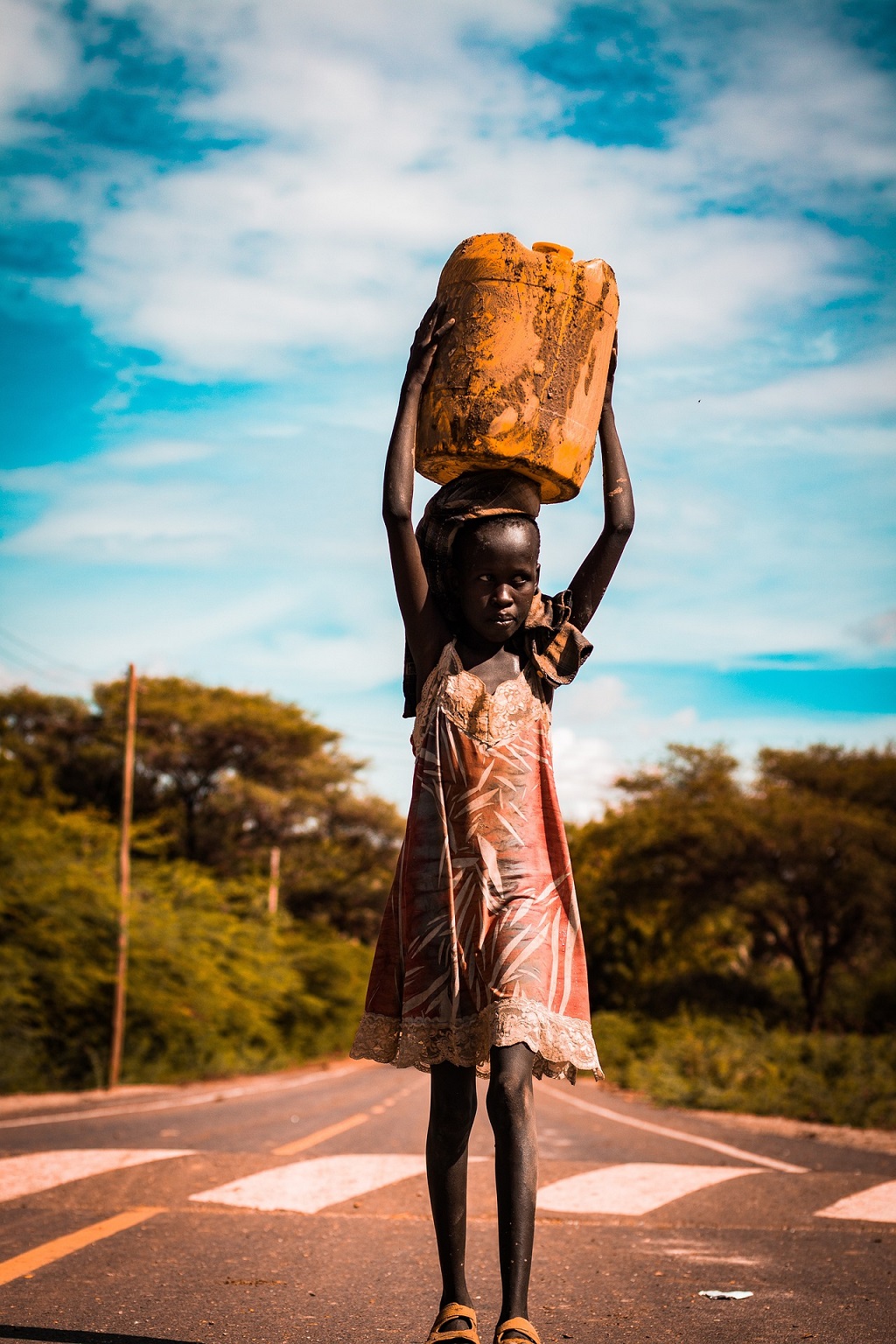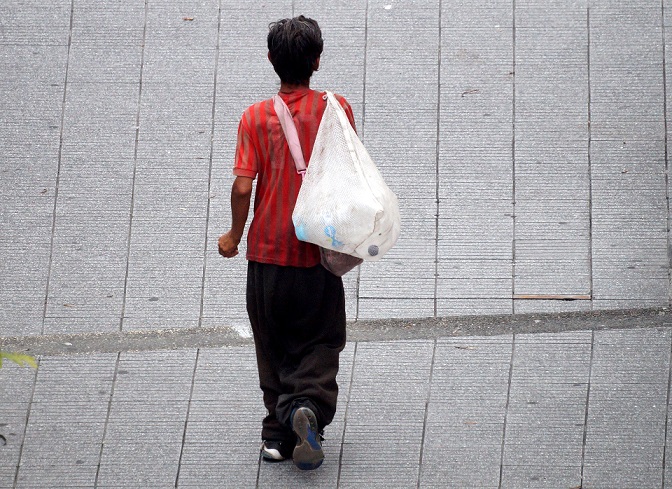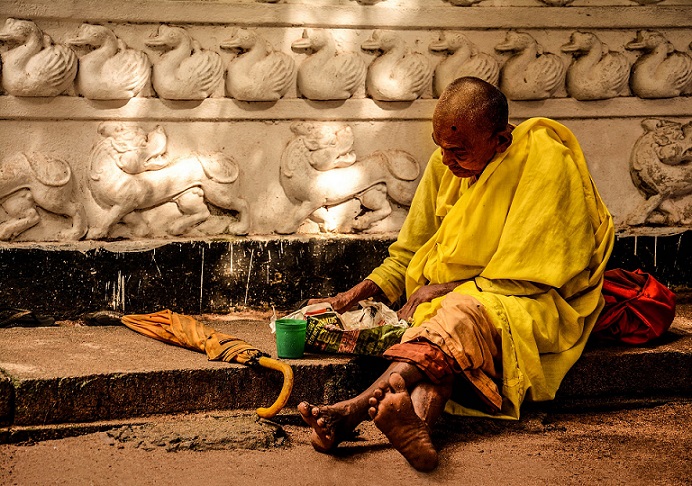Successfully eradicating hunger by 2030 will require around an additional $267 billion per year on average. We know how to leave poverty behind and how much it will cost.
On a global level, independent of the economic and political system of each country, it is now accepted that eliminating hunger is an essential prerequisite for achieving other development goals linked to health, education and productivity.
So it should come as no surprise that almost all United Nations agencies involved in this issue insist upon the need for rich nations to meet their obligations in terms of the financial support that it will take to turn the tide.
The United Nations organisations responsible for nutrition estimate that in order to successfully eradicate hunger by 2030, around an additional $267 billion are needed per year on average.
This sum is to be invested in urban and rural areas, and in social protection measures that will ensure those in poverty have access to food and the means to improve their ability to meet their subsistence needs.
This calculation equates to approximately 0.3% of global Gross Domestic Product: a relatively small price to pay to put an end to chronic hunger.
 In order to reach this goal, investment must be increased significantly, both in terms of social protection and in terms of rural development; the aims are to guarantee that everyone has sufficient access to food throughout the year, and to improve the productivity, income and sustenance of the poor.
In order to reach this goal, investment must be increased significantly, both in terms of social protection and in terms of rural development; the aims are to guarantee that everyone has sufficient access to food throughout the year, and to improve the productivity, income and sustenance of the poor.
Given that over 70% of the world’s poor live in rural areas, priority should be given to social protection in these regions, which are generally overlooked by traditional social security systems. In the opinion of José Graziano da Silva, Director General of the United Nations Food and Agriculture Organisation (FAO), investments for development should also be focused on adapting to climate change and supporting sustainable and inclusive food infrastructures.
The calculated sum, on average, equates to $160 per year for every person in extreme poverty.
 Hence Graziano da Silva believes that this represents only a minimal part of the costs that malnutrition currently imposes on economies, societies and people.
Hence Graziano da Silva believes that this represents only a minimal part of the costs that malnutrition currently imposes on economies, societies and people.
Despite the limited access to credit and insurance in many developing countries, rural people from around the world are the main investors in agriculture and rural regions.
But studies by the FAO conclude that private investment alone has proved itself incapable of breaking the entrenched cycle of rural poverty.
Additional investment is needed from the public sector.
This is in order to improve rural infrastructure, transport, health and education to a point where the potential of agricultural communities may be realised.
Cash transfers, in turn, will allow poor families to enjoy more varied and healthy diets, according to a recent report by the organisation, in conjunction with the World Food Programme and the International Fund for Agricultural Development.
The document supports the validity of this formula for combating both extreme hunger and so-called hidden hunger, which results from a lack of vitamins, iron and other minerals.
The study argues that by increasing investment in social protection measures, we will boost people’s productivity and income, which would give rise to savings and investment.
 This would set a virtuous circle in motion that would lift families with fewer resources out of poverty.
This would set a virtuous circle in motion that would lift families with fewer resources out of poverty.
“We know what is needed. We know what it will cost. We can be the zero hunger generation, paving the way towards a sustainable and inclusive future in which no one will be left behind,” writes Graziano da Silva in the report.
The head of the FAO states that, despite the progress over the past few decades, there are still around 800 million people today – the majority of whom live in rural areas – who lack sufficient food to eat.
This is why eliminating chronic undernourishment by 2030 is a key aspect of the Sustainable Development Goal 2 of the new post-2015 agenda that should be adopted by the international community by the end of this year.
It is also a central goal of the Zero Hunger Challenge, devised by the Secretary General of the UN.
 The message of the document is clear: if we decide to carry on living as we have in the past, there will still be over 650 million people living with hunger in 2030.
The message of the document is clear: if we decide to carry on living as we have in the past, there will still be over 650 million people living with hunger in 2030.
This is why the international community is being urged to learn from successful experiments in certain countries, which have managed to combine investment and social protection to combat hunger and poverty in both rural and urban regions. (PL)
(Translated by Roz Harvey) – Photos: Pixabay













.jpg)












